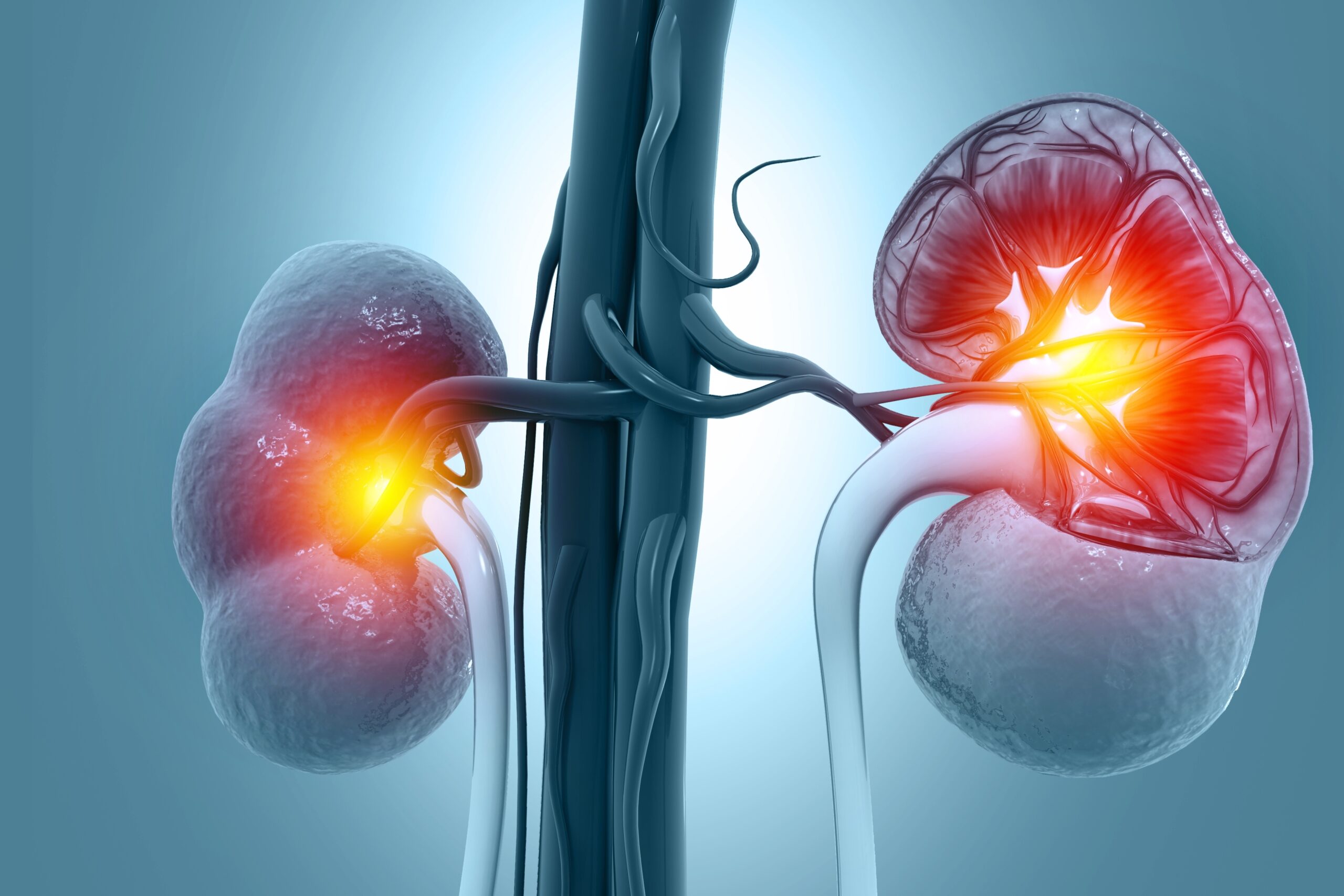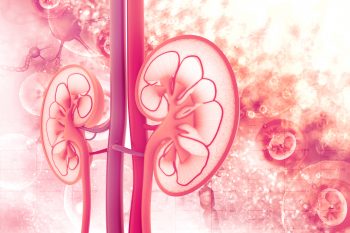
Dense deposit disease (DDD) is a rare kidney disorder that affects children and adolescents. Its hallmarks are considerable thickening of the glomerular basement membrane and high electron density deposits in the dense layer of the glomerular basement membrane, which can be observed under electron microscopy. The diagnosis and treatment of DDD are complicated by its frequent lack of distinctive clinical symptoms and coexistence with other renal conditions.
Jian-Hui Zhang and colleagues described the case of a 15-year-old boy who initially presented with nephrotic syndrome. Urinalysis revealed significantly elevated protein and erythrocytes. A renal biopsy uncovered strong positivity for IgA and C3, characterized by petaloid deposition of C3 along glomerular capillary loops and the glomerular mesangial region, and linear deposition in Bowman’s capsule and portions of the renal tubular basement membrane.
Based on these findings, the patient was diagnosed with both DDD and IgA nephropathy (IgAN). The main objective of treatment for both DDD and IgAN is to regulate blood pressure and diminish proteinuria. Renin-angiotensin-aldosterone and sodium-glucose cotransporter protein 2 inhibitors are often used to treat both diseases, but Kidney Disease Improving Global Outcomes (KDIGO) guidelines direct that immunosuppressive therapies are appropriate for patients with moderate to severe disease.
The patient responded favorably to treatment with cyclophosphamide and glucocorticoids. He demonstrated a significant reduction in urinary red blood cells and proteins during follow-up. Continuous monitoring of fluctuations in antibody levels and extended follow-up are necessary to determine the potential for long-term remission or recurrence, the authors noted.
In conclusion, they wrote, “This specific case elucidates the pathological characteristics of both diseases while investigating the intricate connections and lesion correlations that may occur between them, offering novel insights into their pathogenesis.”
Source: BMC Pediatrics







 © 2025 Mashup Media, LLC, a Formedics Property. All Rights Reserved.
© 2025 Mashup Media, LLC, a Formedics Property. All Rights Reserved.